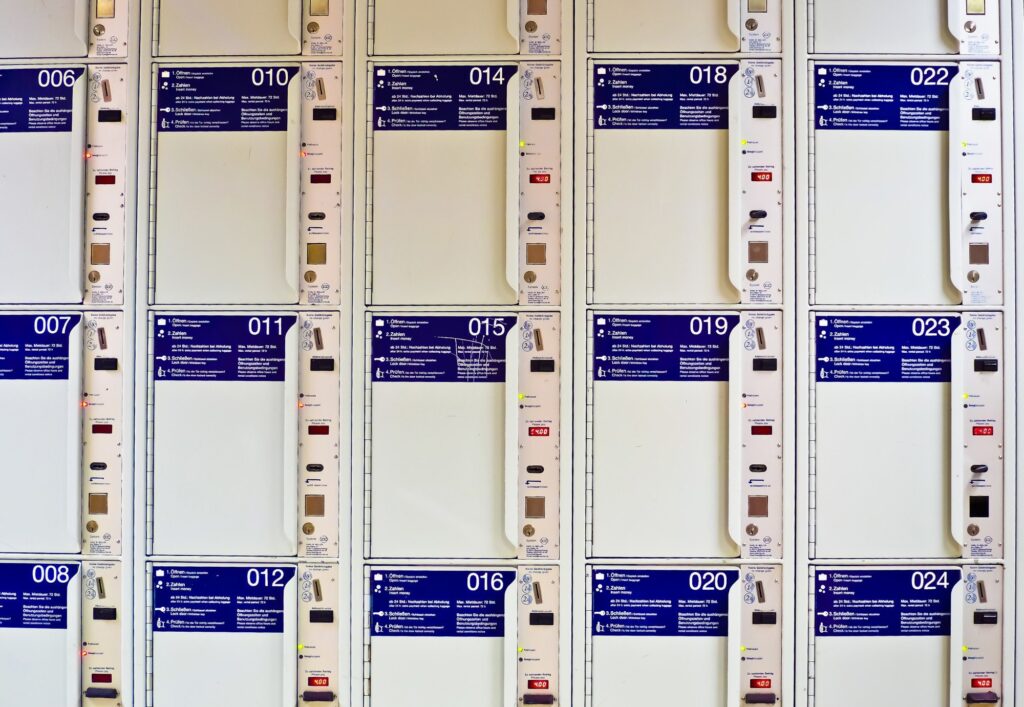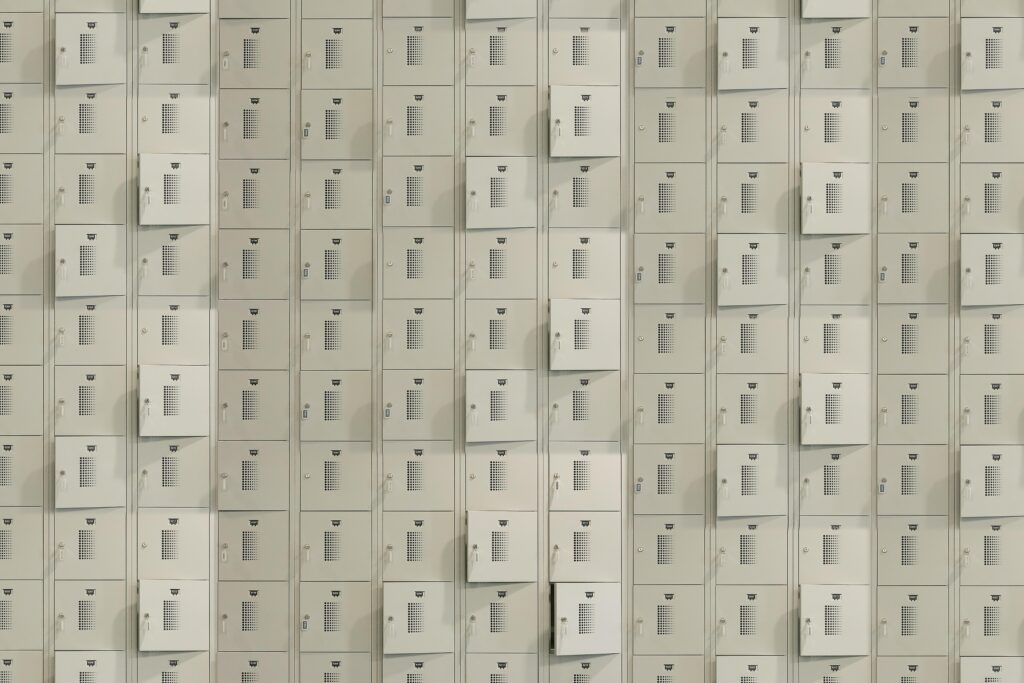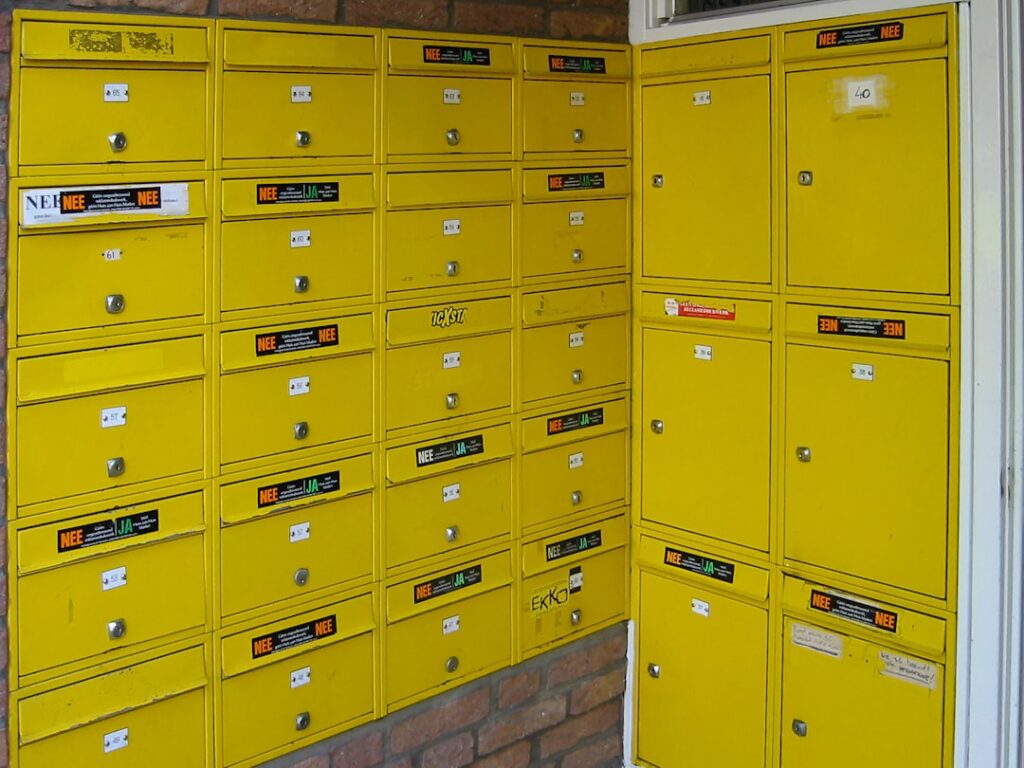Climate-controlled storage maintains optimal temperature and humidity levels for preserving items prone to damage from extreme conditions. Whether it’s valuable artwork, antique furniture, or sensitive documents, having the right environment can be the difference between preservation and deterioration. Learn more about the various aspects of climate control to make a better decision. Let’s explore the importance of climate-controlled storage, its multifaceted benefits, and practical applications.

Why Sensitive Items Need Special Care
Certain belongings require special care due to their susceptibility to environmental conditions. Photographs and paper products can degrade or discolor if exposed to humidity or temperature fluctuations. Electronic devices can suffer from overheating or moisture accumulation, damaging internal components. In the case of valuable collectibles, even minor changes in temperature or humidity can result in devaluation. Artworks are at risk from environmental changes, too. They require stable conditions to avoid deterioration. Specialized materials like canvas and wood are sensitive to both temperature and humidity.
Delicate fabrics can be easily damaged if not stored properly; they may become brittle or attract pests without the right protections. These vulnerabilities make the right storage solution a necessity. Climate control provides preservation and longevity for treasured items. Secure storage spaces can let owners protect their investments from unforeseen damage.
The Benefits of Investing in Climate-Controlled Storage
The most significant advantage of climate-controlled storage is its ability to maximize the lifespan of delicate belongings. By maintaining an optimal environment, owners can prevent degradation and maintain the quality of their items in the future. During the summer, the benefits of climate-controlled storage preserve the integrity of sensitive items against high temperatures. Climate-controlled units facilitate easy access to items and maintain their condition. This access encourages individuals to use and enjoy their possessions rather than simply storing them away and forgetting about them. Organized storage minimizes clutter and allows for effective space management, valuable for businesses needing extra space for files, equipment, or inventory.
Another advantage is the protection from pests that thrive in uncontrolled environments. Unregulated units can attract rodents and insects, which can damage items beyond repair. When owners choose climate control, they can safeguard their belongings against these threats and maintain a sanitized space for sensitive items. Everything considered, the protective features greatly outweigh the costs associated with climate-controlled units.
Climate-Controlled Storage for Businesses
Businesses, large and small, can benefit from climate-controlled storage units. Companies dealing with sensitive products coming from pharmaceuticals or electronics must adhere to strict environmental protocols. Temperature fluctuations and humidity can negatively impact product integrity, potentially resulting in costly damages and compliance issues.
Personalized climate-controlled spaces allow businesses to store essential documents, archival materials, and delicate inventory items. These types of storage can prevent critical data loss and preserve valuable records. Businesses looking to expand their inventory without compromising quality find climate-controlled units to be the best solution. Being able to access items on demand can energize business activities. Companies can streamline logistics and make data-driven decisions, knowing their sensitive inventory is protected in secure conditions.
How to Choose the Right Unit
Selecting the right climate-controlled unit involves assessing personal or business needs. Factor in the size of storage required, and the types of items being stored need to be evaluated. Look into the specific climate control systems available. Owners should inquire about temperature ranges and humidity control mechanisms to get the best protection for their belongings.

Don’t forget to check the facility’s security. A good climate-controlled storage unit should include alarm systems, surveillance cameras, and secure access points. Researching customer reviews can provide valuable insight into the reliability of a facility. Look for testimonials mentioning the integrity of climate control conditions and the customer service experience.
A climate-controlled storage unit might come at a higher cost than traditional storage, but the long-term benefits can make it a worthwhile investment. Weighing the costs against the items’ value can determine the most suitable choice.
Cost Considerations
Speaking of costs, investing in climate-controlled storage raises questions regarding costs. The price exceeds that of traditional storage units, influenced by regional market factors and specific facility amenities. Monthly rates can vary based on the size of the unit and additional features; larger units cost more, and premium security might add to the total price.
When weighing the pros and cons, consider the value of the items being stored. Items prone to damage may not be worth the risk of using non-climate-controlled facilities that could lead to considerable financial losses. Businesses need to know how product integrity impacts profit margins to choose reliable storage solutions.
Many facilities offer promotions or long-term contracts at discounted rates so that customers can better budget expenses. Monitoring these options is a wise decision, as savvy shoppers can find cost-effective solutions that meet their climate control needs without sacrificing quality.
Long-Term Preservation and Accessibility
Climate control is a long-term solution that can shift perspectives regarding storage. This approach preserves sensitive items and encourages better access. Frequent access to belongings means owners can enjoy and utilize them more easily, and not lose track of what’s stored. When items are well-preserved and easily accessible, they can become a part of daily life.
Many owners find peace of mind knowing that their precious items are not just sitting in a cold, dark space; instead, they are housed in an environment that promotes longevity. This can improve the relationship between the owner and their belongings, promoting familiarity and appreciation through easy access. The distinction of climate-controlled storage is the balance between safeguarding against deterioration and enjoying the benefits of ownership.
Preparing Your Items for Climate-Controlled Storage
Before placing items in a climate-controlled storage unit, get prepared. A well-thought-out packing strategy can improve the protective benefits of climate control. Clean each item thoroughly, as dust and dirt can cause deterioration. Use acid-free packing materials for documents and bubble wrap for fragile items to prevent damage during transport. Create an inventory list, detailing each item with corresponding conditions and packing methods. Marking boxes with labels can streamline processes when accessing stored items.
Consider the arrangement of items within the unit. Position heavier boxes at the bottom and distribute weight evenly to secure stability. Revisit the storage space periodically. Take the time to check on items so that everything remains in optimal condition and assists with maintenance tasks.

Climate-controlled storage protects sensitive belongings across various situations. From safeguarding precious items to supporting business needs, these units provide longevity and quality assurance. Investing in climate-controlled storage can save both time and money; it is a wise choice for both individuals and businesses.
- 0shares
- Facebook0
- Pinterest0
- Twitter0



